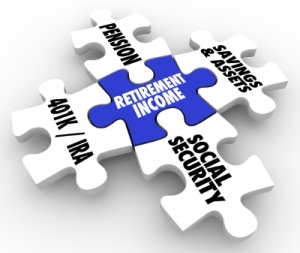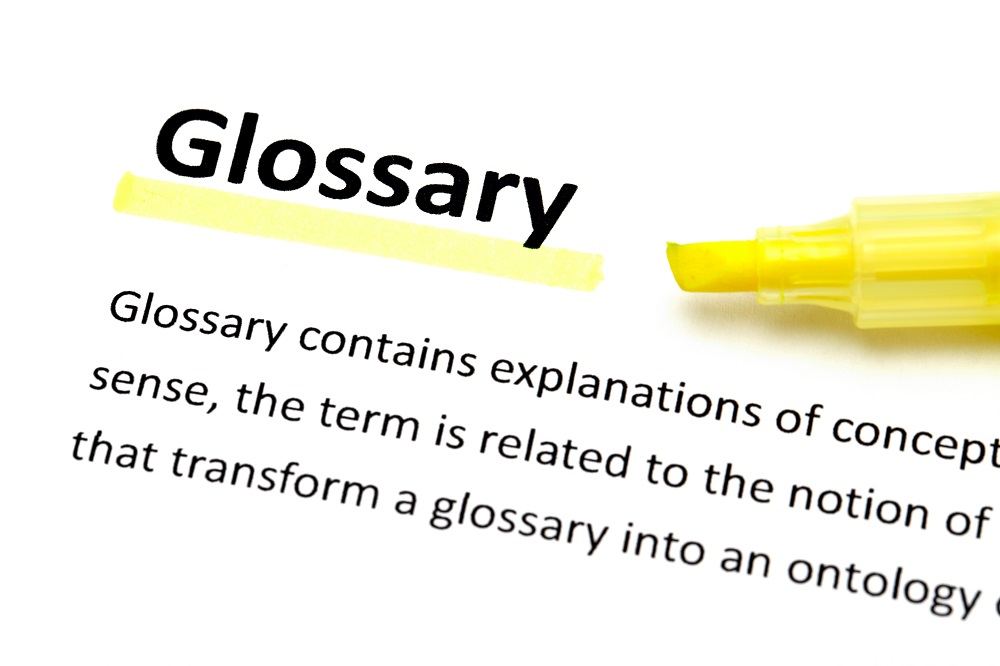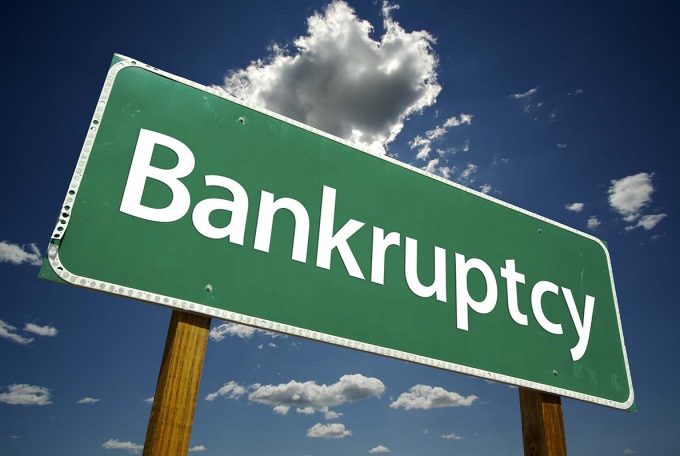Arizona Bankruptcy and the Protection of Your Retirement Assets
Filing for a bankruptcy is a serious decision and you have to make a thorough consideration about it. Bankruptcy will affect your life in a number of ways. Thinking about the long-term consequences is very important and when it comes to providing for yourself in the future, retirement assets come to mind. Knowing whether protection of your retirement assets will be ensured in an Arizona bankruptcy will help you find out if moving forward is worth it. This is one of the most commonly asked questions and here are all of the essential facts.
Protection of Your Retirement Assets in Arizona
In Arizona, retirement accounts are considered exempt property during a bankruptcy. Whether you file for a Chapter 7 or a Chapter 13 bankruptcy, creditors cannot access retirement accounts and funds for the purpose of covering debt.
There are only a few exceptions but all of the following are protected when you file for a bankruptcy:
- 401(k)s
- IRAs
- Roth IRAs
- 403(b)s
- Money purchase plans
- Profit-sharing plans
- Defined benefit plans
- ERISA
- Keoghs
- State retirement pensions
Some limitations may apply. For example, there’s a cap on traditional and Roth IRAs. The top amount is 1,171,650 per person. Needless to say, most individuals who are filing for bankruptcy will not be affected by such thresholds.
Social security benefits are also exempt under Arizona bankruptcy filing. Such protections are enforced by federal rather than state law. The benefits received by an individual prior to the date of submitting a bankruptcy petition are also protected. One thing to remember is that co-mingling such funds with non-exempt benefits could lift the protections. In such instances, the person risks having their trustee using such benefits for the purpose of dealing with debt.
Other Retirement Funds and Assets
Only a few types of retirement funds and assets will not be entitled to the protections mentioned above.
Retirement benefits that are paid to you in the form of income are not exempt in a Chapter 7 bankruptcy. Such funds can be utilized to repay debt, especially if it goes above what you need to support you financially at the moment.
In a Chapter 13 bankruptcy, the retirement benefits paid to you in the form of income will be included in the repayment plan. This sum is going to determine just how much of unsecured debt you will have to pay back.
How to Use This Information?
Many people don’t realize the fact that their retirement assets are thoroughly protected in an Arizona bankruptcy. As a result, they start liquidating pension assets for the purpose of paying off debt. Obviously, this isn’t the best approach towards regaining financial stability.
 In addition, taking money out of a retirement account early could lead to certain fines, taxes and additional fees. These charges will increase the financial burden on an individual even further.
In addition, taking money out of a retirement account early could lead to certain fines, taxes and additional fees. These charges will increase the financial burden on an individual even further.
Bankruptcy should definitely be a last resort option but going through your life savings is certainly not a good idea when you no longer can pay debt.
One other important thing to remember is that the same rules don’t apply to all investment accounts. An investment account and a retirement plan aren’t one and the same thing. Mutual funds, certificates of deposit and other products that banks advertise to their customers are not exempt under a bankruptcy filing.
Keeping the money in the retirement account will enforce the protection but whenever you take out money and deposit it in a regular bank account, for example, the sum will no longer be considered exempt. The same thing works the other way around. Taking money out of your bank account to put it in a retirement fund will immediately put an exemption on these funds.



